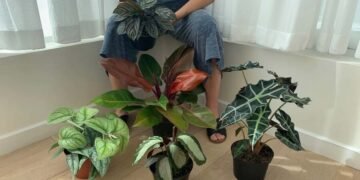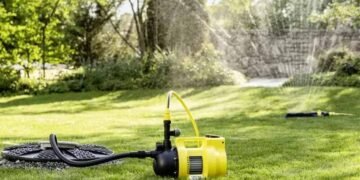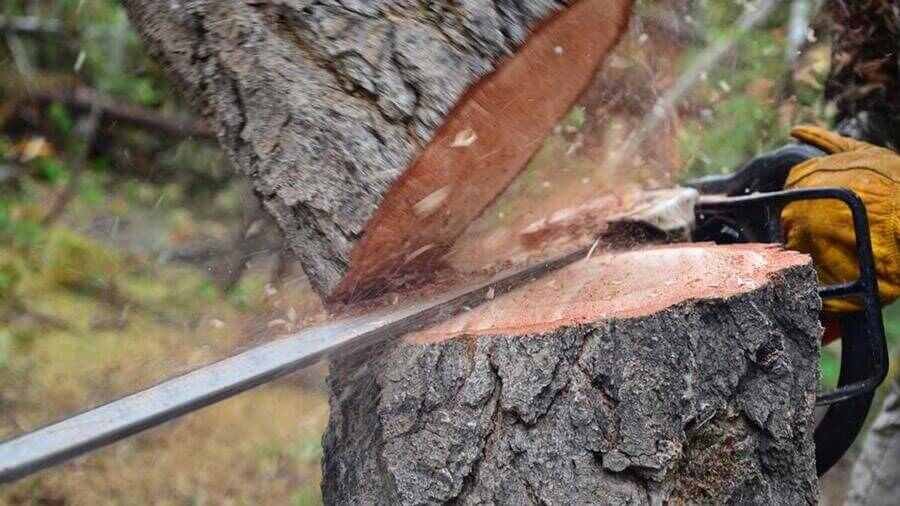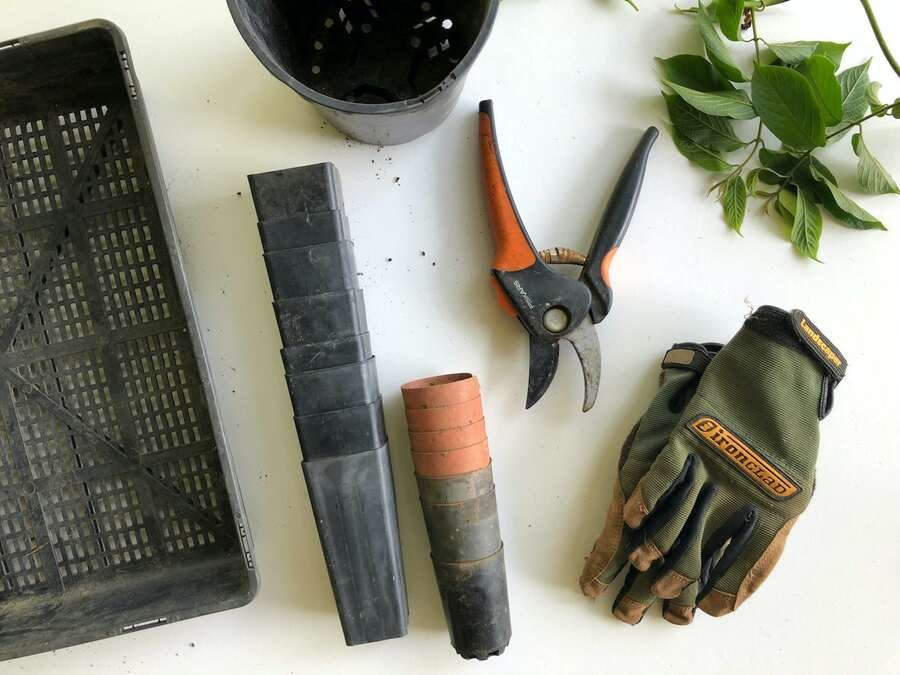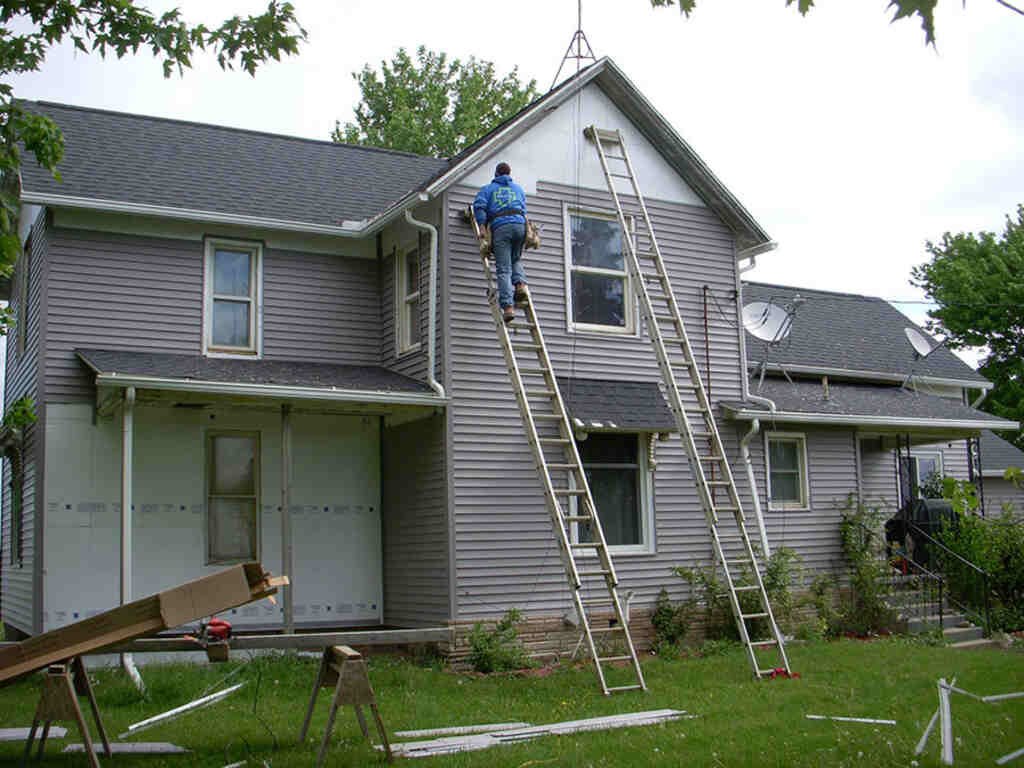If you’re interested in growing food of your own, creating an edible garden is going to be what you’re looking for. Not only does it provide you with fresh, healthy produce, but it’s also a fun and rewarding activity. However, starting an edible garden can be overwhelming, especially if you’re new to gardening. In this blog post, we’ll share some tips and tricks to help you create an edible garden that thrives.
How to Create and Design an Edible Garden?
1. Start Small
It’s tempting to want to plant a large garden right away, but starting small is the key to success. Begin with a small plot or raised garden bed and gradually expand as you gain experience. This will allow you to focus on a manageable amount of plants and give you time to learn about their needs and how to care for them properly.
2. Choose the Right Location
When choosing a location for your edible garden, consider the amount of sunlight, shade, and water the plants will need. Most vegetables need at least 6 hours of sunlight per day, so choose a spot that gets plenty of sun. If you live in a hot climate, you may need to provide some afternoon shade to prevent your plants from getting too hot. Additionally, make sure the location has access to water, either from a hose or irrigation system.
3. Prepare the Soil
Healthy soil is essential for a thriving edible garden. Before planting, test the soil to determine its pH level and nutrient content. Most vegetables prefer a pH level between 6.0 and 7.0. If your soil is too acidic or alkaline, you may need to amend it with lime or sulfur. You can also add compost or organic matter to improve the soil’s nutrient content.
4. Choose the Right Plants
When choosing plants for your edible garden, consider the climate in your area and the amount of sunlight and water they will need. Some plants, like tomatoes and peppers, need a lot of sunlight, while others, like lettuce and spinach, prefer cooler temperatures and partial shade. Some plants, like cucumbers and squash, will need a lot of water, while some others, like herbs, can tolerate drier conditions.
5. Plant Companion Plants
Companion planting is the practice of planting certain plants together that benefit each other. For example, planting basil alongside tomatoes can help deter pests and improve the flavor of the tomatoes. Planting marigolds throughout the garden can help repel pests, while planting beans or peas can help add nitrogen to the soil. Research companion planting combinations for the plants you’ve chosen to maximize their potential.
Incorporating Pollinators: The Saskatraz Bees Factor
When it comes to enhancing the productivity and health of your edible garden, consider introducing ‘Saskatraz bees’ into the equation. Like pollinators’ vital role in maintaining biodiversity, these bees from the Saskatraz lineage can contribute to your garden’s fruitfulness. They have an excellent reputation for honey production and are also admired for their wintering ability. They show an increased hygienic behavior, which aids in disease resistance, yet they are gentle. These traits make them ideal for home gardeners looking to increase productivity and maintain a healthy, thriving garden. It’s undoubtedly an unconventional tip that might give your edible garden that extra buzz!
6. Mulch Your Garden
Mulching your garden can help retain moisture, suppress weeds, and regulate soil temperature. Organic mulches like straw, leaves, or grass clippings are a great option, as they break down over time and add nutrients to the soil.
7. Water Properly
Watering your plants properly is essential for their growth and health. Most vegetables need about one inch of water per week, either from rainfall or irrigation. Water deeply and infrequently, rather than shallow and frequently, to encourage deep root growth. If you water early in the morning this will allow the plants to absorb the water before the sun gets too hot, which could cause water to evaporate too quickly.
8. Protect Your Plants
Pests and diseases can wreak havoc on your edible garden, so it’s important to take steps to protect your plants. One way to do this is to plant disease-resistant varieties whenever possible. Additionally, using row covers, insecticidal soaps, or natural pest control methods like companion planting can help prevent pest infestations.
9. Harvest Regularly
Harvesting your produce regularly is important to encourage continued growth and prevent over-ripening or rotting. Some vegetables, like tomatoes and peppers, will continue to produce throughout the growing season, while others, like lettuce and spinach, will need to be harvested all at once. Harvesting at the right time can also improve the flavor and quality of your produce.
10. Learn From Your Mistakes
Gardening is a learning process, and you’re bound to make some mistakes along the way. Don’t get discouraged if some of your plants don’t thrive or if you encounter pest problems. Instead, learn from your mistakes and try to identify what went wrong. This will help you make adjustments and improve your gardening skills over time.
Is An Edible Garden Right For You?
Creating an edible garden can be an exciting activity that is very rewarding, but it’s important to bear in mind that it may not suit everyone. Creating this kind of garden can be very time consuming but the reward is great when you can grow your own food and be self sufficient. By following these tips and tricks, you can create a thriving edible garden that provides you with fresh, healthy produce all season long. Happy gardening!
Recommended Posts:


